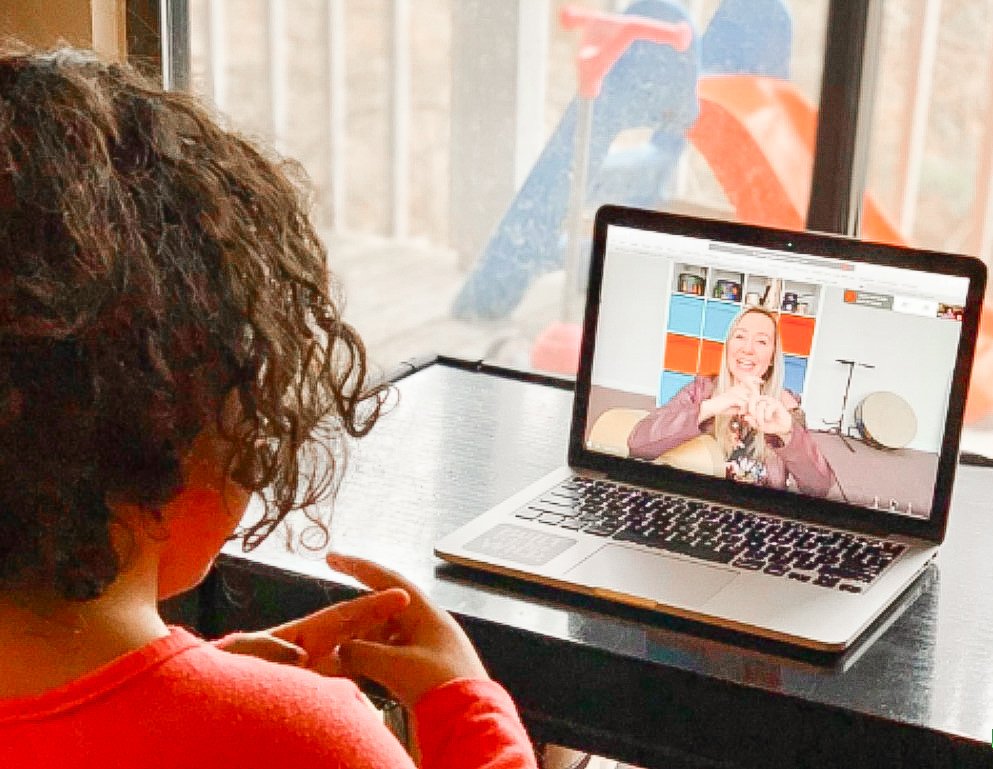Autism Spectrum Disorder (ASD) is a neurodevelopmental disorder that affects the brain’s structure or chemistry. It is considered a spectrum disorder due to the wide range of characteristics, signs, and symptoms an individual with ASD can have. These individuals most commonly have problems with social communication, restrictive or repetitive behaviors, and restrictive or repetitive patterns and interests (Eren, 2015). Individuals with ASD, specifically children and adolescents, may have more issues interacting and communicating than their peers. Social skills affected by ASD include understanding emotions, expressing emotions, understanding sarcasm, social tact, facial expressions, and a lack of eye contact
Improving social skills in adolescents with ASD will help improve their relationships with others, their independence, and their ability to connect with the world around them. Each individual will have varying needs in different domains, as well as varying abilities. A group therapy setting is a great environment to help these individuals work on these skills. Interventions must specifically target these areas of need, and provide individuals with opportunities to socialize with others. Music, in general, is a great way to connect with others and create a safe space to work on these specific needs.
This study involved a group of six clients with ASD, three teachers, and the music therapist (MT). The group of clients included three boys and three girls. The group met twice a month for 90 minutes over/for the course of four months. The MT utilized a greeting to establish trust and participation in the group. The song allowed everyone to sing their name and get a greeting from the rest of the group. Starting the session with a song like this allows the group to build rapport with each other and feel safe and supported. After hello, the MT created a rhythm game that the group first worked on as a whole, but then split into groups to work on the rhythms together. The MT prompted them to listen to each other’s ideas, and the clients were able to learn how to work together. The MT was able to scaffold and build the activity over time, which allowed the clients to continuously be successful, yet challenged. The MT had the group individually come up with rhythms to present to the group to work on independence and confidence, while the other members were expected to demonstrate respect and repeat the pattern to reinforce the feeling of support and teamwork. Utilizing rhythm games allowed the group to work on social, emotional, and communication skills through a musical medium.
Another intervention that the MT utilized was dance and movement interventions. One of them included an intervention where one client came up with movements, and another stood in front of them and tried to mirror the movements. This intervention allows two individuals to connect and work on their nonverbal communication skills. Another movement intervention allowed the class to dance around the room however they wanted, but they had to listen to the musical cues. The cues provided by the MT on a drum included prompts to move fast, slow, smooth, or accented. When the MT stopped the music, the clients were prompted to greet the peer closest to them. The purpose of this intervention was to increase self and peer awareness and to work on listening for verbal and nonverbal communication. When the clients had to greet a peer when the music stopped, they had to be aware of who was around them, know how to appropriately greet someone, and use context clues to see if there was someone left without a partner.
After 4 months of group therapy, the MT noted that the group was originally hesitant to socialize with others in the group, but there was increased participation and progress every session. Simulating real-life experiences within a music therapy setting was concluded to be beneficial for individuals to work on these life skills in a nonjudgmental and creative setting. Overall, the MT found progress towards the specific goal areas of, “turn-taking, eye contact, listening, self-expression, coordinated movement in the group, decision-making with others, and acceptance of others’ differences” (Eren, p. 212, 2015). The MT also concluded that these interventions are also recommended for other populations with special needs.
-Lila Finke, Music Therapy Intern
References
Eren, B. (2015). The Use of Music Interventions to Improve Social Skills in Adolescents with Autism Spectrum Disorders in Integrated Group Music Therapy Sessions. Procedia - Social and Behavioral Sciences, 197, 207–213. https://doi.org/10.1016/j.sbspro.2015.07.125






